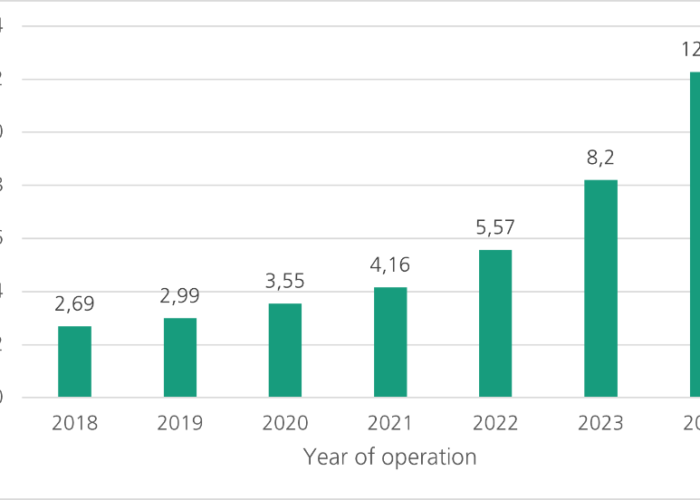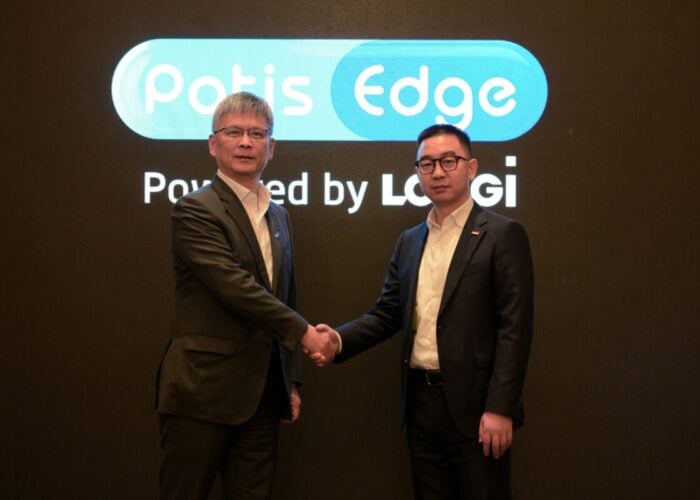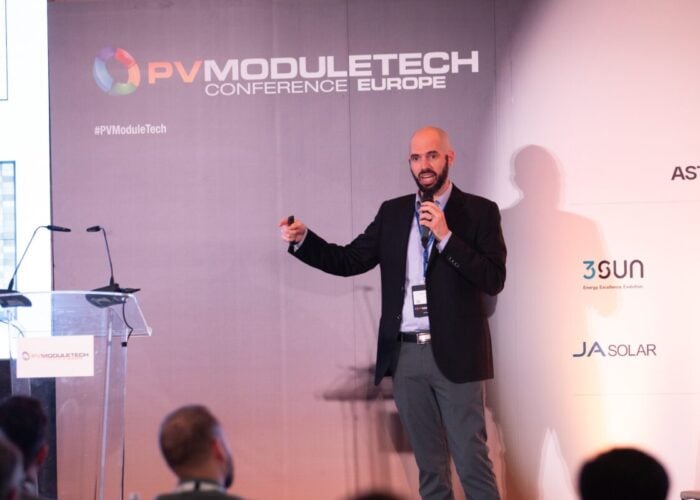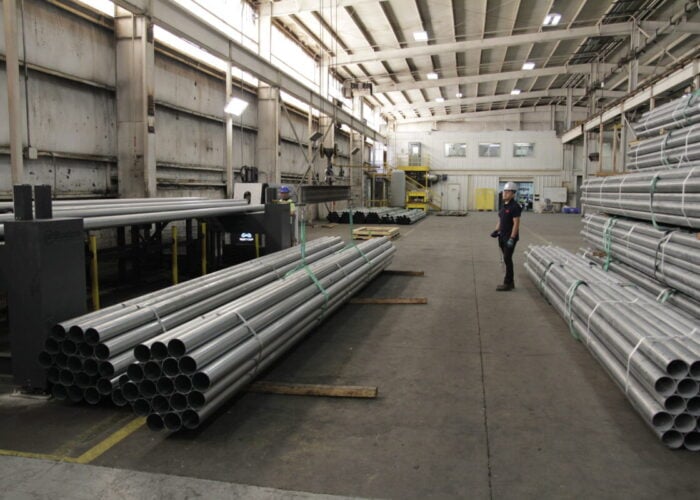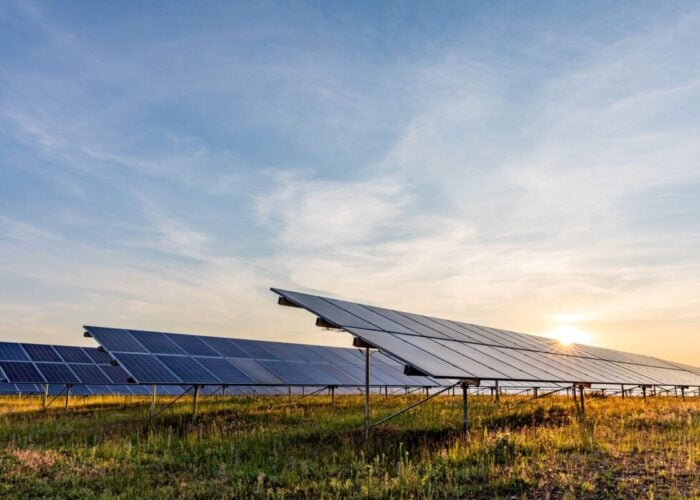Under budget and three years ahead of schedule… there are few programmes or projects either in the public or private sector that can boast such a record.
The California Solar Initiative was introduced in 2007 with a budget of $2.167 billion to install 1,940MW of new solar generation capacity. At that time, a watt of PV power would cost $3.50, with an average installed cost of anywhere between $8-$10.
Try Premium for just $1
- Full premium access for the first month at only $1
- Converts to an annual rate after 30 days unless cancelled
- Cancel anytime during the trial period
Premium Benefits
- Expert industry analysis and interviews
- Digital access to PV Tech Power journal
- Exclusive event discounts
Or get the full Premium subscription right away
Or continue reading this article for free
Fast forward six years, and who would have foreseen the dramatic decline in prices to 60c per watt thanks to the mixed blessings bestowed upon the industry by China's high volume manufacturers? The average installed cost has not dropped quite so dramatically – soft costs keep those around $6.4/W for systems less than 10kW.
Alan Lee, founder of EcoSolargy, a southern California solar manufacturer that has moved into project development since 2011, said lower prices obviously mean that the programme gets way more value for money.
“CSI was a great programme and really kick started the market in California,” he said. “But programme developers must have had a fortune-telling ability. Years ago, it was designed as a step-down programme, which started out with rebates in the $2.50-$3.50 range that fell to 20c – how did they know the price of solar was going to drop?”
In 2007, an average residential system of around 3kW could have cost in the region of $30,000 and would earn a rebate of $7,500, he said. But the equivalent system would now cost around $10,000 and earn a $600 rebate.
“The price tag has reduced way faster than the system had in mind,” he said. “When costs drop people start buying – the decline in price has really sped up the pace of people going solar.”
Latest statistics show current CSI installations at 1,530MW. Clearly, California's solar industry does not want to lose its momentum – so what's next?
Legislation for community solar is likely to pick up this year with economic benefits that extend well beyond the balance sheets for developers.
A new report released by the Vote Solar initiative last week claimed that the advantage of California's “shared renewables” bills, SB43 and AB1014 would create demand for a further 1,500MW, add 12,700 jobs (to the already existing 43,000 jobs), raise $130 million in tax revenue and generate $4.3 billion in economic activity.
Susannah Churchill, California policy advocate for Vote Solar, said: “By connecting more Californians with the clean energy they want, shared renewable energy programmes can unleash significant new private investment in the state’s growing solar economy. Add the proven environmental, public health, and energy bill saving benefits of more local clean energy, and it’s clear that this is an idea whose time has come.”
Assembly member Das Williams (D-Santa Barbara) said: “Solar energy is no longer the wave of the future – it is the reality now. We have an opportunity with these bills to dramatically expand our use of renewable energies, create thousands of new jobs and generate tax revenues, all in the greenest way possible.”
California this year posted a milestone 1GW in customer-generated PV capacity. But approximately 75% of Californians are unable to install renewable energy on their own properties. SB43/AB1014 would offer residential renters, commercial customers and those perhaps with other barriers such as shaded roofs to purchase solar energy from an off-site system.
Senator Lois Wolk (D-Davis) who introduced SB43 said: “Three out of four Californians are currently unable to take advantage of renewable energy through the state’s renewable power programmes. They pay into programmes to support renewable energy, yet can’t install their own power generation system for a variety of reasons. SB 43 rectifies this inequity.”
Lee said that California's industry will probably survive the wind down of the CSI, but the 30% investment tax credit would keep the industry going until 2016.
“The momentum behind the solar industry is strong enough that it will carry on the momentum even without the CSI. That said, any other incentives from Sacramento are only going to be a big plus, a big push forward. It doesn't matter if today we're talking about a higher RPS, feed-in tariff or an extension to the CSI; any of that is going to greatly help with the California effort in going solar.
“Do we need it? Not necessarily. But will we like it? Of course we will!”
By 2016, it's still not clear whether the industry will be mature enough to stand on its own two feet without subsidies.
“Ultimately a big driving factor of solar is still government incentives,” Lee said. “The 30% ITC is still a huge driving force in the industry. I can't say that California has reached maturation because without the 30% ITC, the growth of solar would hit a big road-block. But thankfully we'll have it for a few more years even without state programmes. We're still OK.”

